A few days ago I got a nice new phone, with a nice new camera in it. It’s a while since I last posted here, and I want to show off the photos, so . . . 🙂
The phone is a Sony Ericsson C905, which has some idiotically advanced features. For example, the 8Mpx camera has an option (as yet untried by me) where it waits for someone to smile before it takes the photo, and another where it looks for faces in thee picture and focuses on the nearest one rather than on the centre. No doubt in 18 months’ time they’ll all seem very primitive.
Be warned: if you click the photos for the full-size versions, some of them are pretty big.
First we have an elder tree/bush which, sadly, is no longer standing (it seemed better to cut it down before it fell down on its own…) This was photographed using approximately 2x digital zoom:
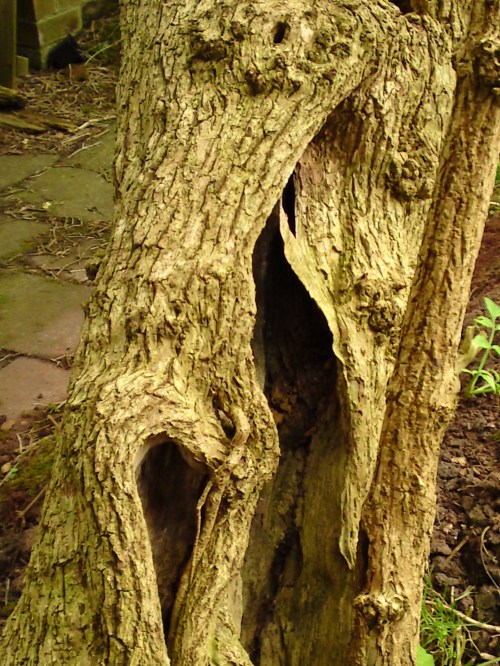
Elder trunk showing signs of age: original photo
The interesting bit:
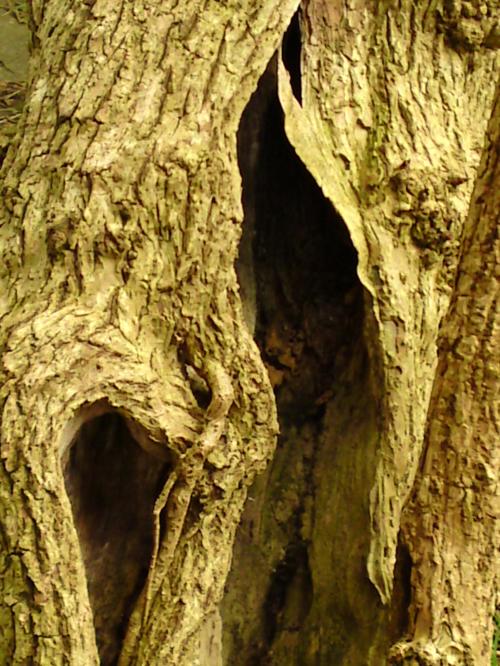
Zoomed detail
The high resolution is quite freeing when taking pictures. Being a phone camera, it only has a digital zoom, not an optical one. With my previous camera (Sony Ericsson k750i), I had to be very careful about using the zoom, because the loss of image quality would be quite significant. With this one, it’s possible to use an appropriate zoom setting while taking the photo, then zoom some more to see the part of the photo I really want, or to improve the composition.
These flowers are behind the kitchen sink; I had to hold the phone at a rather awkward angle to take the picture, and couldn’t easily see the screen to compose it.

Original photo, using macro mode
The phone has a very nice built-in photo editor, with a very silly name to make you think it won’t be any good (“PhotoDJ”). So as well as selecting the part of the picture I would have taken if I’d been able to see what I was doing, I used the editor to increase the contrast slightly. This made the colours a bit less bright, so I adjusted them back to how they originally were. (If you get confused comparing the two photos, the photo has been rotated 90 degrees.)
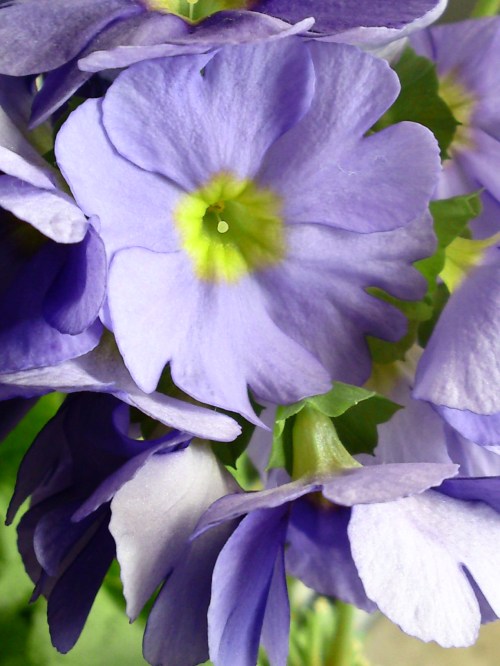
Zoomed, contrast slightly increased
Just the one flower:

Zoomed some more
And lastly, for no particular reason other than that it was the nearest small object to hand, a photo of the charger plug, in macro mode. If I’d been using a “proper” camera, i.e. a manual one, I’d have used a wider aperture to make the background fuzzier, but I was still pleased to see that the camera doesn’t force me to have everything in focus all the time.

Sony Ericsson charger plug
I’m pretty pleased with the camera 🙂
It does have weaknesses too though. As far as I know, all camera phones suffer from them.
Firstly, there’s no viewfinder: you can only use the screen. That might not sound like much of a problem. However, I discovered from my previous phone that it is: in bright light — e.g. outside in the sun, taking a picture of the nice sunny scene–the screen is much less visible and you find yourself wishing there were a viewfinder so you could see properly.
Second, there’s basically no manual control. You set things like brightness and zoom, whether the camera focuses on the middle of the picture or uses face recognition, the kind of lighting you’re in and so on. But you can’t say “Well I want the ugly background to melt away into fuzziness, so I’ll use the maximum aperture”. And it doesn’t tell you what settings it’s using.
The tiny lens is both a strength and a weakness. It basically means that compared to a standard SLR with a 50mm lens, the camera is living in a much bigger world. For close-up photos, this is great: one of the biggest difficulties taking them with a normal camera is that the depth of field is very shallow. That is, only a very thin slice of the scene is in focus. For a tiny lens at the same distance, the situation is more like photographing something some distance away, and more of the subject is in focus. The weakness, though, is that it’s quite hard to get things out of focus.
Now that phone cameras are turning into, well, real cameras, I hope someone will soon think of giving the user real control over them. It’s nice having the amazing resolution and all the clever electronics, but a bit good old-fashioned artistic knob-twiddling would be helpful, even if the knobs to be twiddled are virtual ones on a screen. Add a tripod bush, a viewfinder, and a way of attaching filters, and you’re just about there I think, at least for a compact camera.


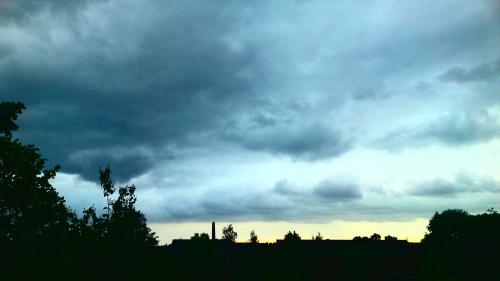
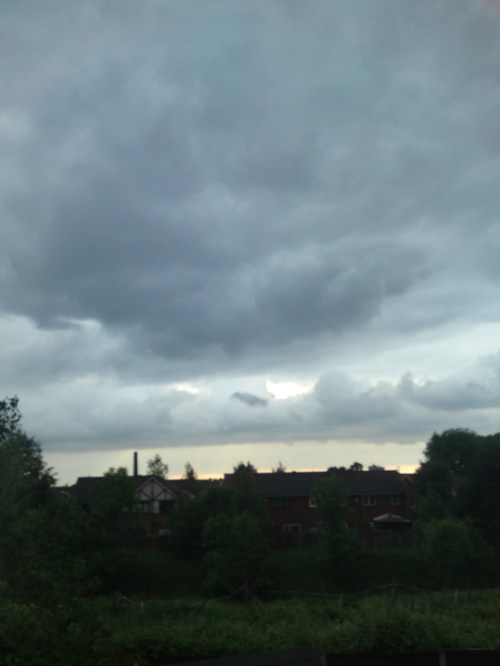






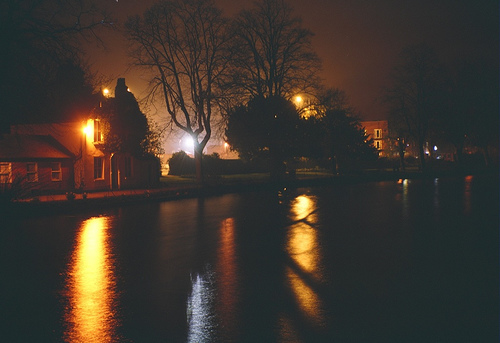
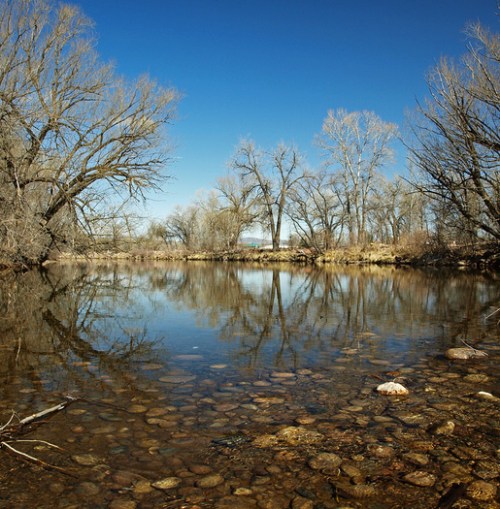

Beautiful bird photos
Sometimes when someone comments on your blog and you follow the link to their home page, you get a good surprise.
Yesterday, Little Brown Job, aka Paul, commented on my recent post about Dabr. (In case you’re wondering, little brown job is a birdwatcher’s name for a small, unidentified bird.) I followed the link to his blog, where I discovered that Paul is a bird photographer and takes pictures like this:
Goldfinch © littlebrownjob.blogspot.com
I occasionally dabble in photography but haven’t done for quite a while. I’d love be able to take this kind of photo. I enjoy photographs of nature, but mine tend to be of things like trees, which have the big advantage that they don’t run away when they hear you coming—and of being big enough not to need a particularly long-focus lens.
The other photos on his site are equally stunning and I do urge you to visit it at http://littlebrownjob.blogspot.com/. The site really is too good to miss. Visit and enjoy!
Share this:
2 Comments
Posted in art/photography, blog
Tagged birds, comments, Little Brown Job, photography